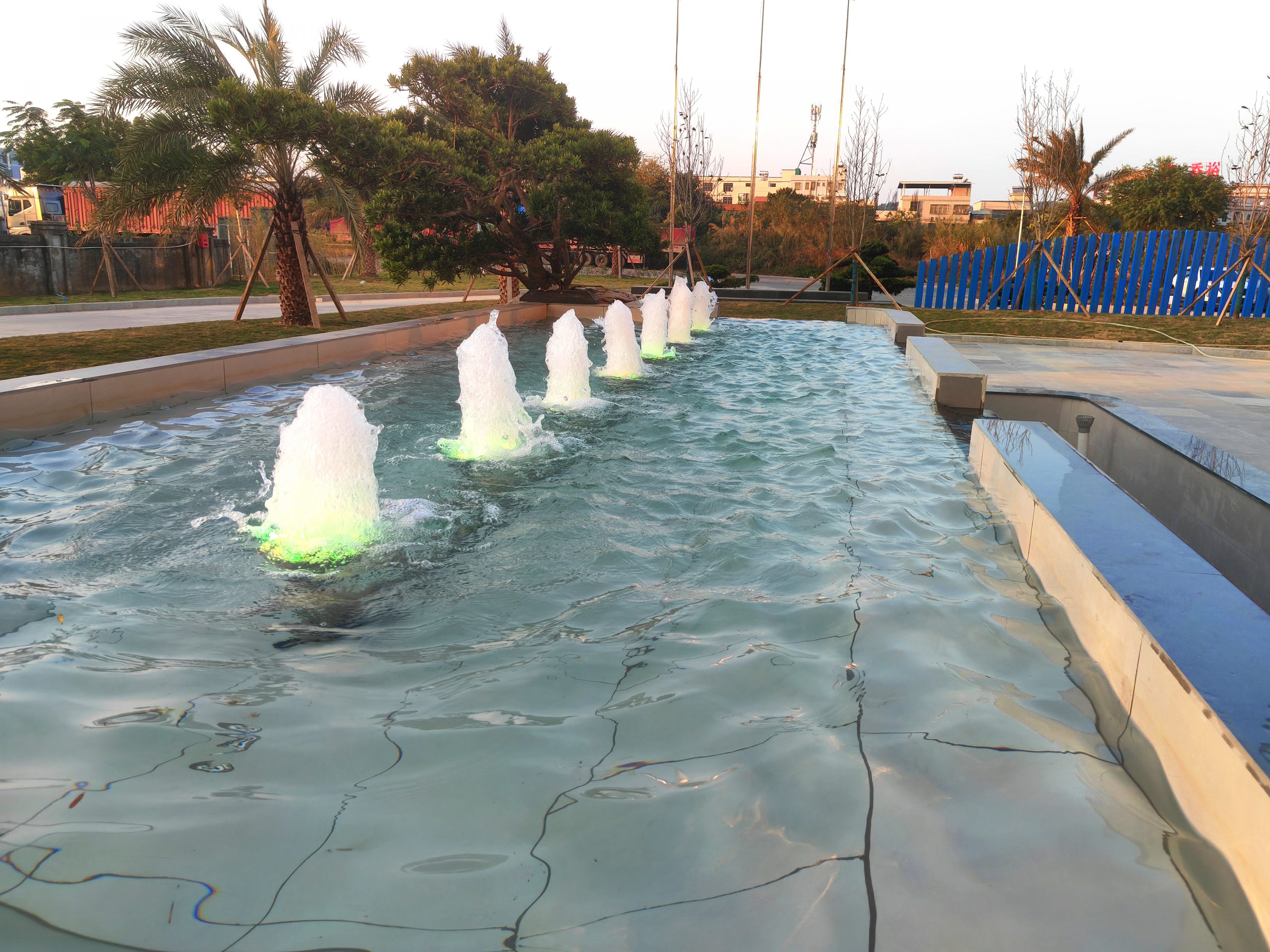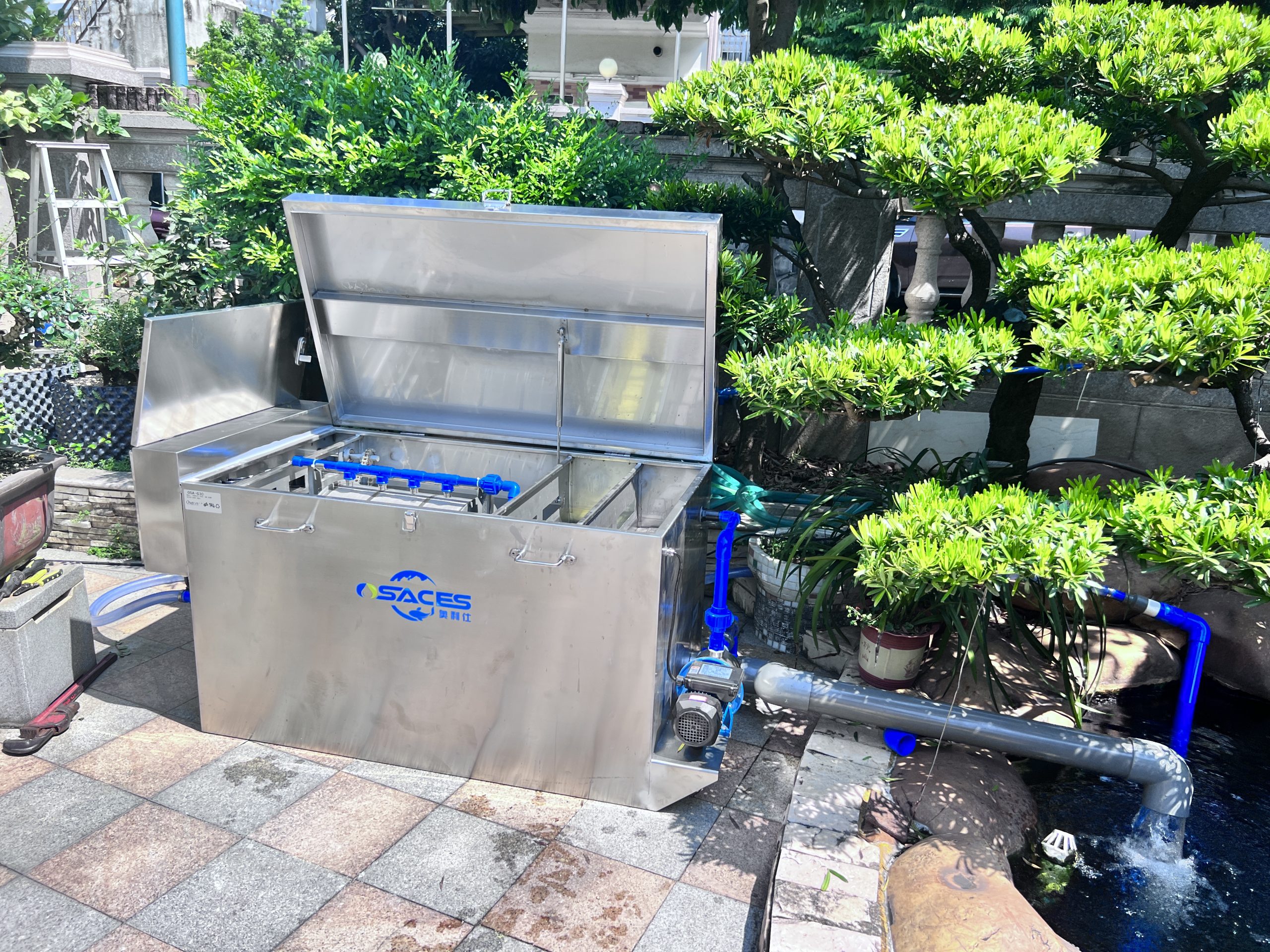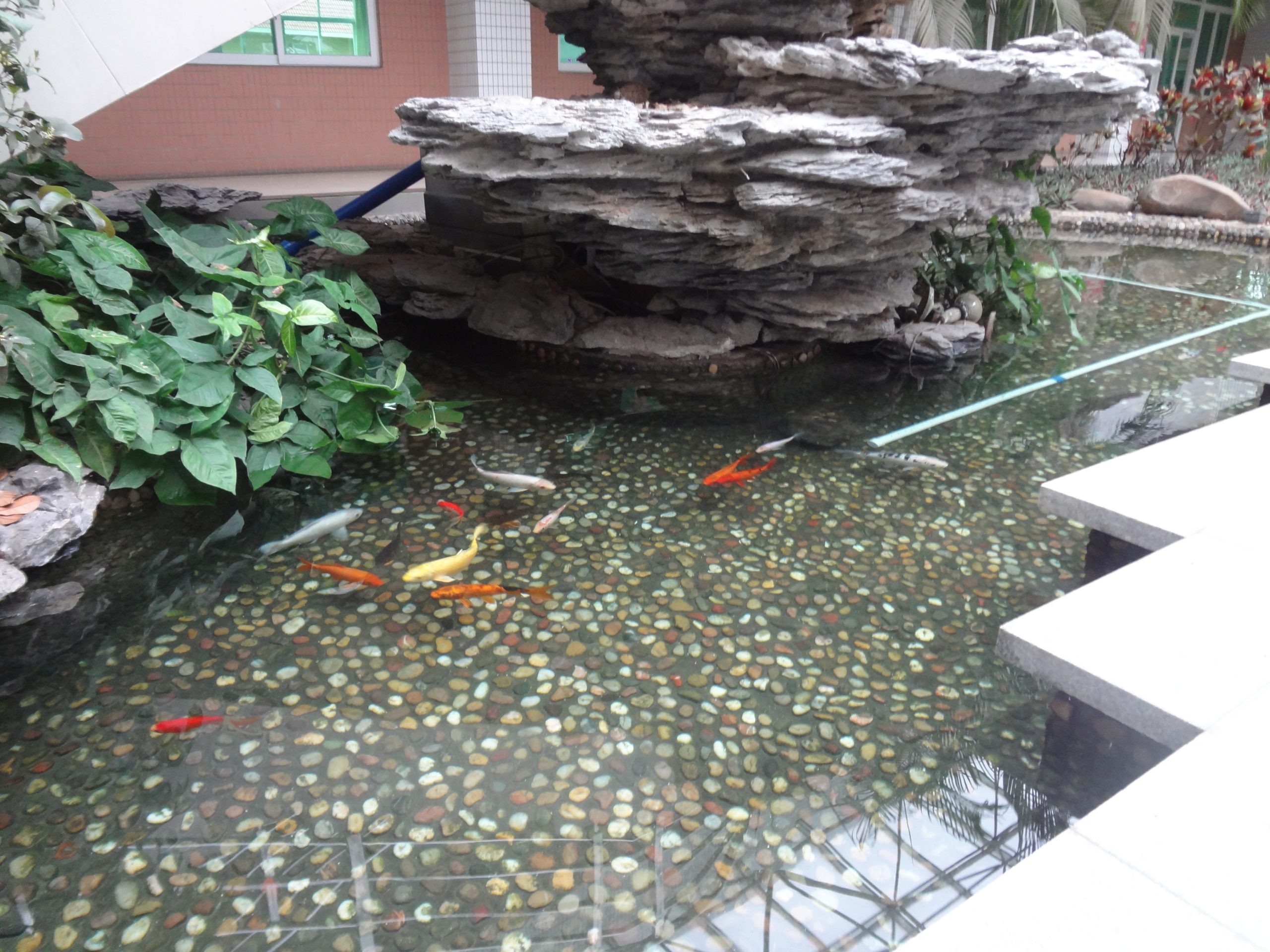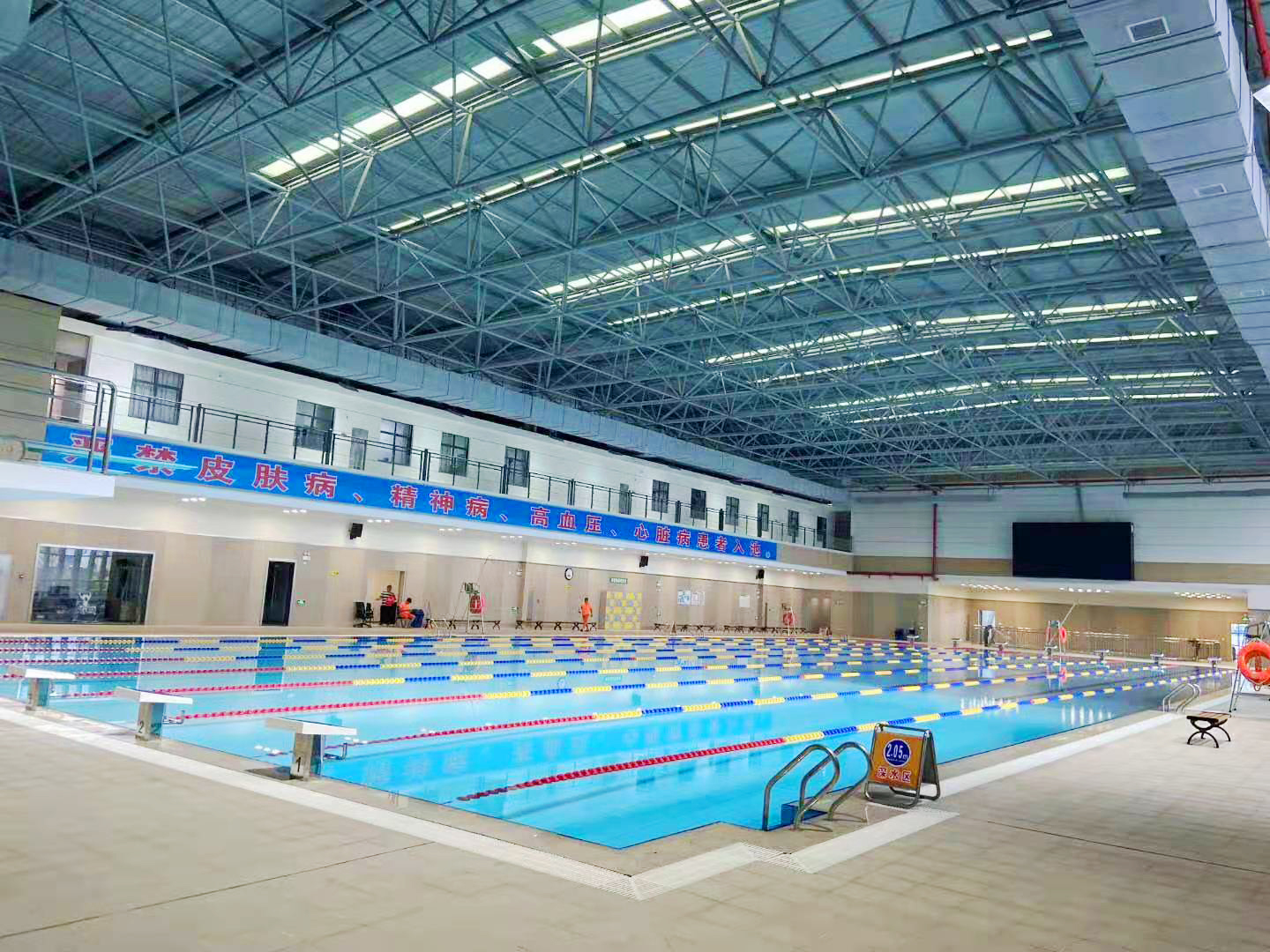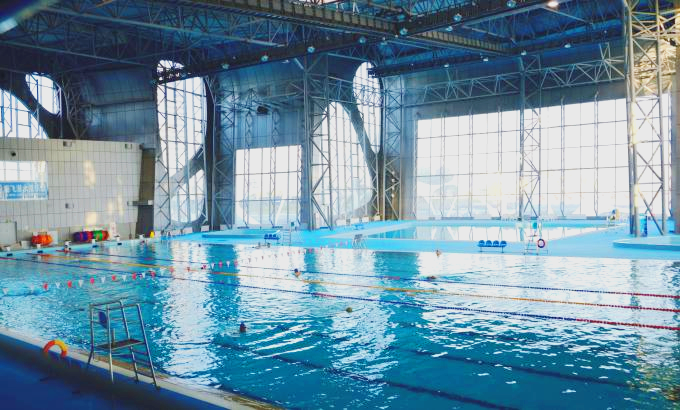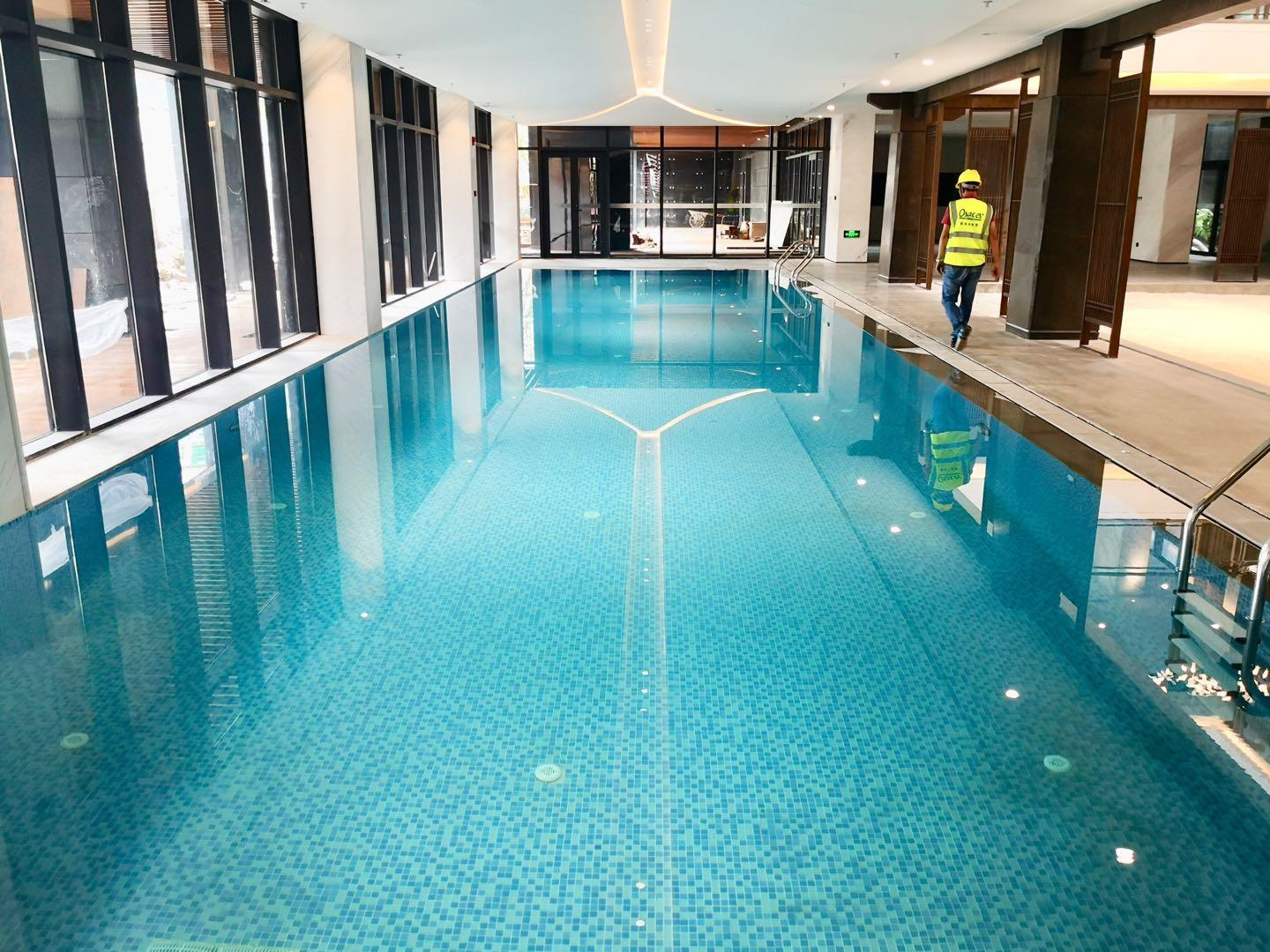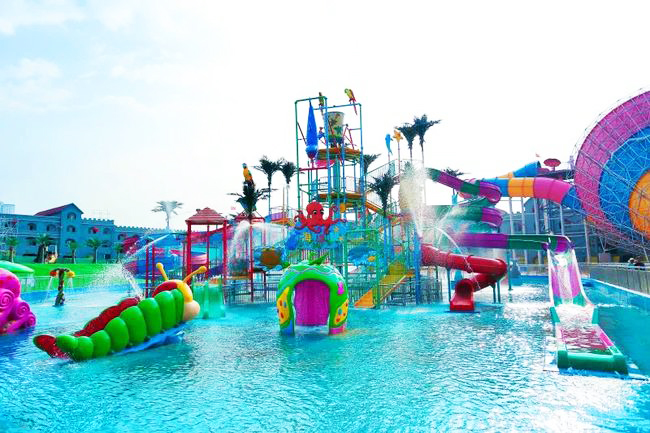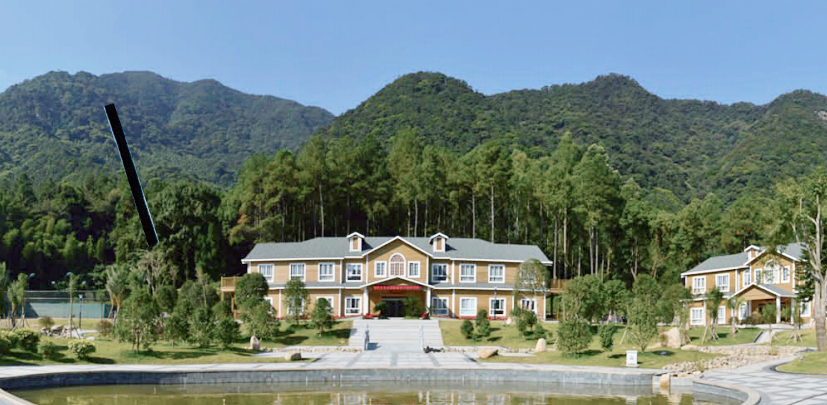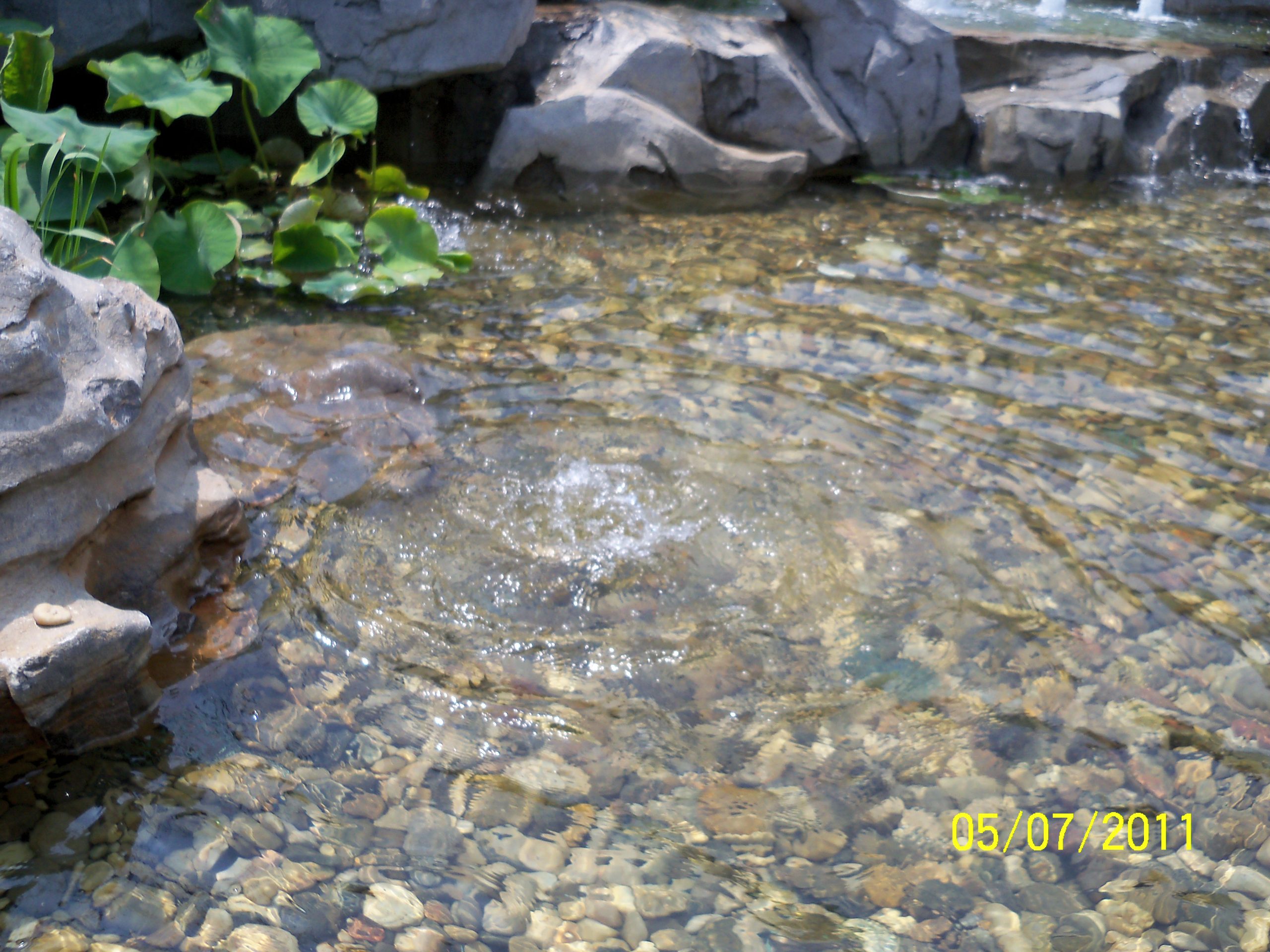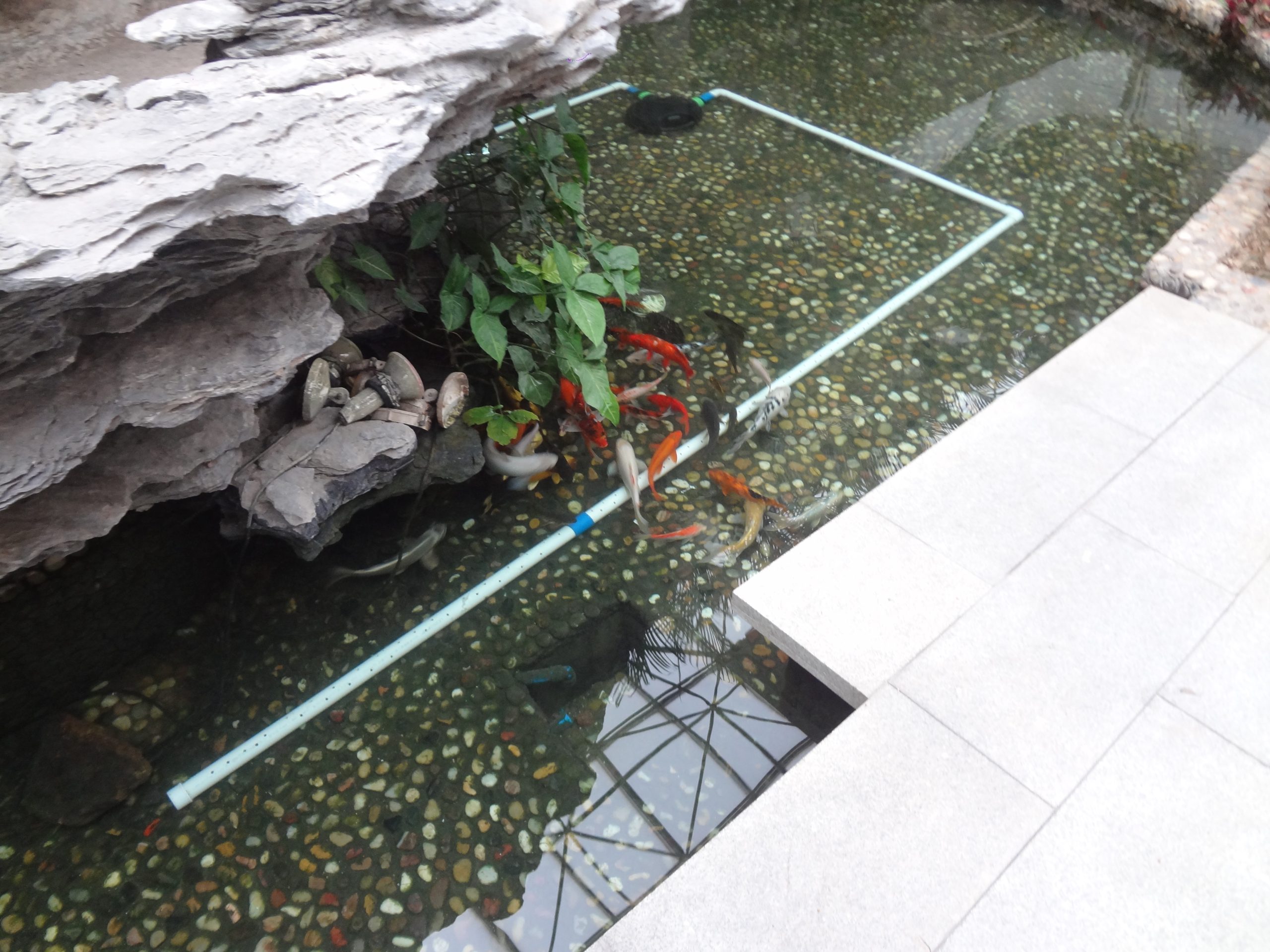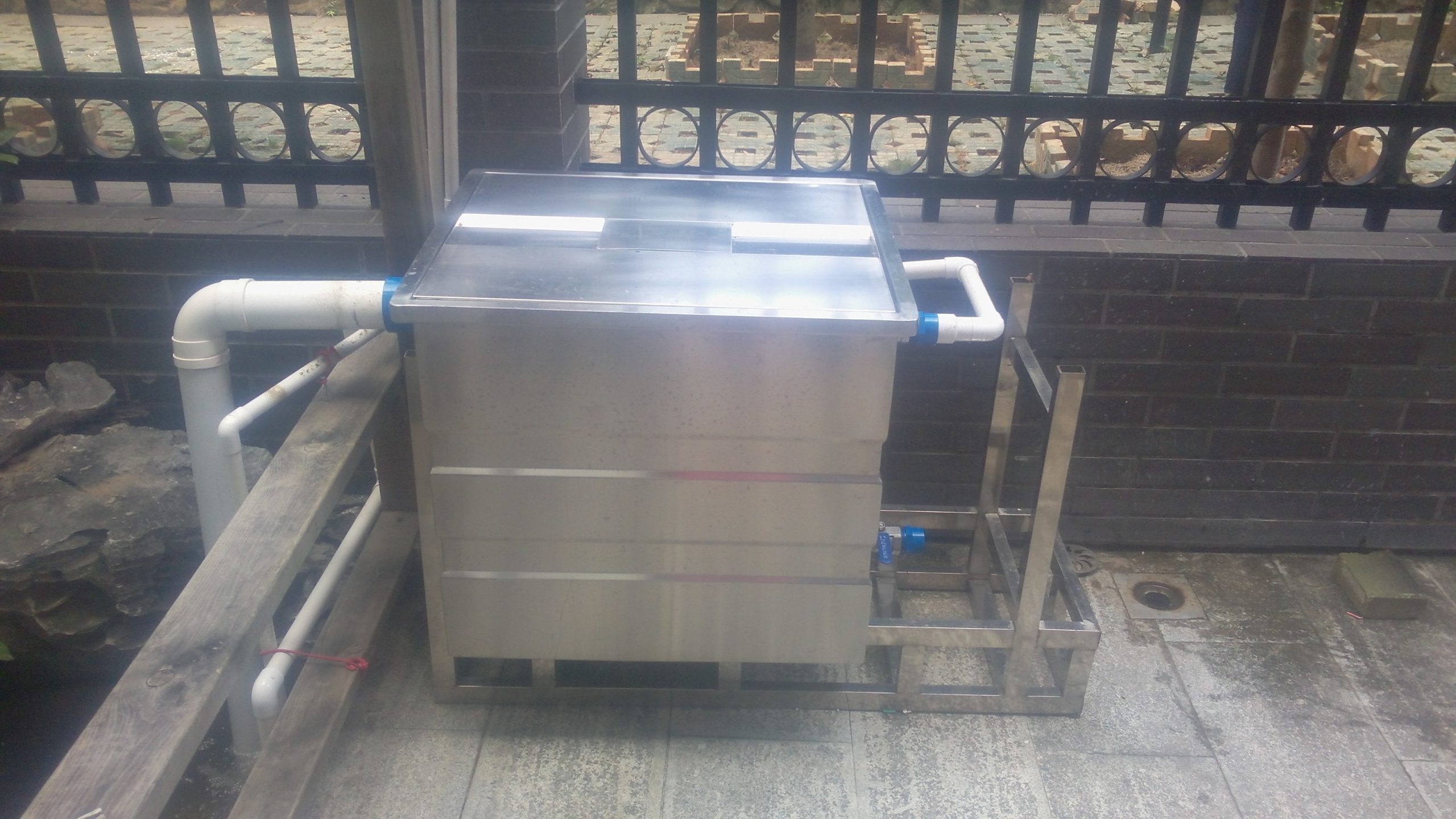common problems
contact details
 Ollies (Guangzhou) Recreation and Sports Equipment Co.
Ollies (Guangzhou) Recreation and Sports Equipment Co.Tel: (020) 82686289
Fax: 020-82694853
Headquarter: No.31-37, Xincun 2 Road, Shangjiang North Street, Dongzhou Village, Xintang Town, Zengcheng City, Guangzhou, Guangdong, China
Diving Disease in Koi (below)
The treatment of diving sickness is summarized below:
(1) Isolation and fasting
Whether the fish is suffering from inflammation of the intestines or damage to the swim bladder, isolation and fasting are the first priority. Fasting can help to empty the intestinal tract and prevent the inflammation from worsening. If the swim bladder is compressed by excessive fat, it can also be improved by fasting. However, I personally think that you should not fast for a long time, proper feeding can keep the sick fish alive, we should know that most of the fish died from diving disease because they have been lying on the bottom for too long, which caused their abdomen and fins rubbing against the bottom of the pool and ulcerated, which led to the infection of other germs and died. If you can make the fish eat and stay alive, then you can treat the intestinal and swim bladder problems.
(2) Administering broad-spectrum antibiotics
For sick fish with intestinal or swim bladder disease, antibiotics (intramuscular injection) are also necessary to improve the inflammation condition, once every two to three days, and two or three times and then observe the condition of the fish. Of course, it is possible to administer antibiotics by mouth or in a bath, but intramuscular injection is the quickest way to see the results.
(3) Precipitation level
Sick fish must be moved to an isolation tank with a lower water level; water that is too deep puts more pressure on the swim bladder, and it takes more effort for the fish to swim to the surface. For fish with damaged swim bladders, the depth of water is an unbearable burden. It is important to realize that every 10 meters increase in water depth (of course there are no koi ponds that deep!) In other words, when a fish swims 10 meters from the surface, the pressure on its swim bladder is doubled and its volume is halved, making it denser, more likely to sink and less likely to swim up. Normal fish can solve this problem by gas exchange in the swim bladder, but sick fish may have their gas exchange partially impaired, so they have to lower the water level artificially to buy recovery time.
(4) Warming
In winter when the water temperature is low, if the water temperature of the isolation tank can be raised to the upper 20℃, it can greatly improve the mobility of the fish and speed up the metabolism. Coupled with the fact that diving sickness may also be induced by low water temperature, warming up the water can also alleviate the signs of the fish's sickness. Dr. Neville Carrington of the United Kingdom, in his book "Diseases and Control of Ornamental Fish", also mentions warming, salt baths and feeding live bait as the main treatment for swim bladder disease.
(5) Salt bath
I think a lot of people know the efficacy of saltpeter on fish disease, but saltpeter used in the treatment of diving disease exploration is relatively rare, I think the effect is still relatively significant. I think this is because of the following functions of the salt bar to play a role in the effect:
1. Adjustment of iso-osmotic pressure
The sodium chloride contained in the salt bar does not only have a sterilizing function, but also has the effect of adjusting iso-osmotic pressure. Osmotic pressure refers to the concentration of a liquid, and for organisms it is sodium chloride that determines the concentration of a liquid. Usually the osmotic pressure in pool water is very low, this is because there is basically no dissolved salt in the water, so the osmotic pressure of the fish is higher than that of the surrounding water, in which case the fish removes water from the body through the action of the gills and kidneys and mediates the osmotic pressure's ability to do so. With this ability, fish can survive in fresh water with a very low osmotic pressure. For normal fish, this is like a person in breathing, easy and pleasant; but for sick fish, adjusting the osmotic pressure is also a burden, especially for long time lying on the bottom of the pool and make the fish mucous membrane damage, but also a kind of harm. This is because the mucous membrane covering the surface of the fish prevents water from passing through the body, but when the mobility of the mucous decreases, water will invade the fish through the inflamed part of the body, resulting in a sharp decrease in the osmolality of the fish. At this point, in order to maintain its own normal osmotic pressure, the fish will secrete mucus in excess, and the mediating functions of the gills and kidneys are used to their limits, severely increasing the burden on the organs and expending a great deal of energy. Therefore, if the salinity of the pool water can be adjusted to 5 parts per thousand (it is said that the osmotic pressure of the fish body is also close to 5 parts per thousand), the burden of the fish can be reduced. A salinity of five parts per thousand also boosts the fish's metabolism and allows for rapid wound healing. The concentration of salt bath suggested by Dr. Neville Carrington is one percent, but one percent salinity is feared to have adverse effects on the liver and kidneys or other internal organs of the fish if it is used for long term salt baths, so I personally prefer to use a concentration of seven to eight parts per thousand.
2. Increase the density of water
For freshwater, the density of water is closest to 1 when the water temperature is close to 4°C, and only 0.998 when the water is at normal temperature (20°C.) The reason why people can float in the Dead Sea is because of the salinity of the Dead Sea, which is as high as 30%, which is basically a luxury for fish with impaired swim bladders that are lying on their backs. Salinity, on the other hand, can change the density of the water, and a salt bath of 8 parts per thousand can increase the density of sodium chloride in the water to 1.006, which is also a relief for sick fish. For example, squid have ammonium chloride liquid in their bodies. Ammonium chloride has a density of 1.018, which is lighter than seawater (seawater has a density of 1.026), so ammonium chloride acts as a flotation device in their bodies, which also allows the squid to swim freely. Although I don't know what the density of koi and swim bladders is, increasing the density of the water should make it easier for the sick fish (the ones that are lying on the bottom of the pool and can't float).
3、Salt precipitation effect
According to the article "Gas Exchange in Fish Bladder" written by Prof. Huang of National Taiwan Normal University, there is a layer of silver-white material on the surface of the swim bladder, and this silver-white material will make the swim bladder insulated from gases, and the swim bladder will be 100% breathable if there is a lack of this layer of material. There is a special kind of gland on the swim bladder wall, called "gas gland", which is connected to a lot of magical microvessels, and the blood flow in the magical microvessel network is very small, so the amount of gas in the swim bladder that is lost from this microvessel network will not be too much. Therefore, the amount of gas lost from the swim bladder will not be too much. But the question is, how can oxygen enter the swim bladder from such a network of microvessels? This must be done through salinization, or saltolysis. Through this action, the lactic acid is dissociated and charged, which reduces the solubility of oxygen, raises the partial pressure of oxygen in the epithelial cells of the glands and makes it higher than that in the swim bladder, so oxygen can diffuse into the swim bladder. So I think that if the salt in the water is raised, it should promote salinization to lower the solubility of oxygen, and make it easier for oxygen to enter the swim bladder. As I mentioned earlier, if the fish is lying on the bottom of the pool, the water pressure on the sick fish should be greater than that on the whole pool, the swim bladder will be reduced because of the pressure, and the density of the fish will also increase, if there is no more gas into the swim bladder, the pressure on the fish will only make the fish even more unable to swim up. It is partly my personal theory that salt baths can promote salinity to get gas into the swim bladder and help the fish to swim and float. This is partly my personal deduction, but I have found that the addition of salt to the swim bladder of a sick fish can significantly improve its mobility.
To summarize: Diving sickness is a very difficult fish disease to treat, prevention is better than cure, early detection of the treatment rate should be there, late detection should only be able to alleviate the signs of the fish, so that the fish can live some more time. At present, I am still tracking the results of the salt on diving disease, as of now, the results are quite surprising!
Related content
- Don't let rotting tails affect the koi's aesthetics
- What kind of water is good for fish? Talking more about green water for fish
- What to do if the water in your fish pond is unclear? How to keep the water fresh and clear
- Are you ready for the golden age of koi growth?
- What causes new koi to get sick easily?
- Case Sharing--Foshan Shunfeng Mountain Park 3600 square meters landscape pool purification project
- Case Sharing||Huizhou-- Intelligent Terminal Beidou Industry Production Project Fountain Fish Pond Purification Project
- Guangdong Guanyinshan National Forest Park 300m³ landscape fish pond purification project

